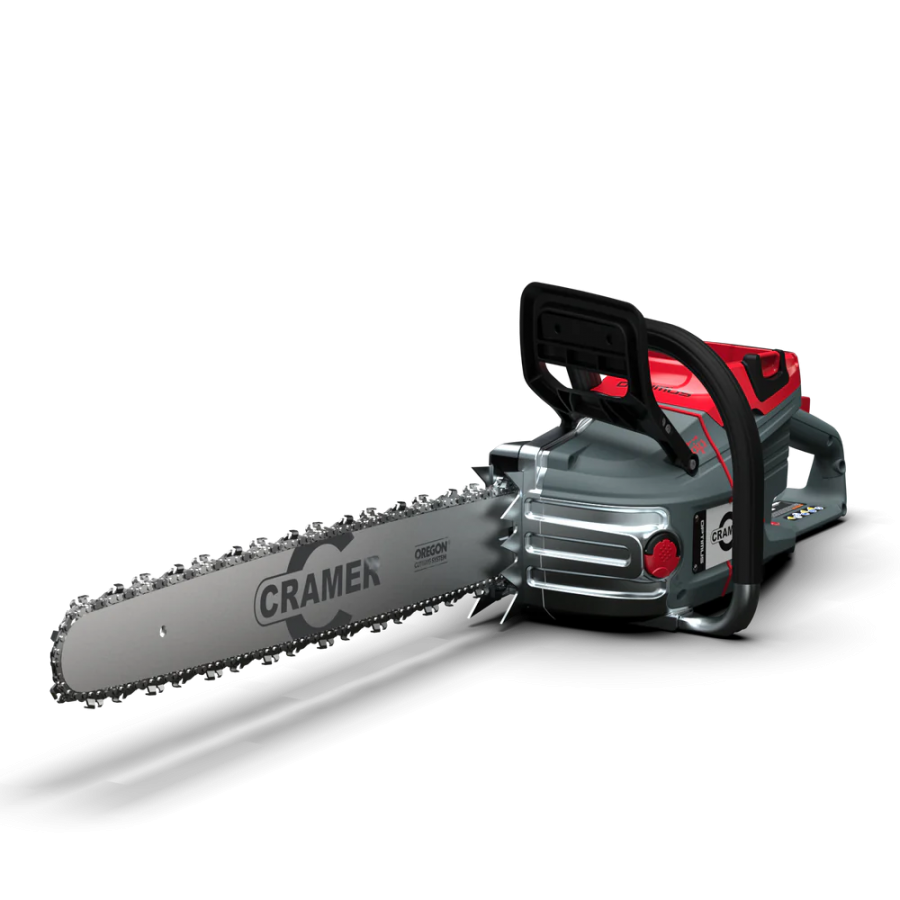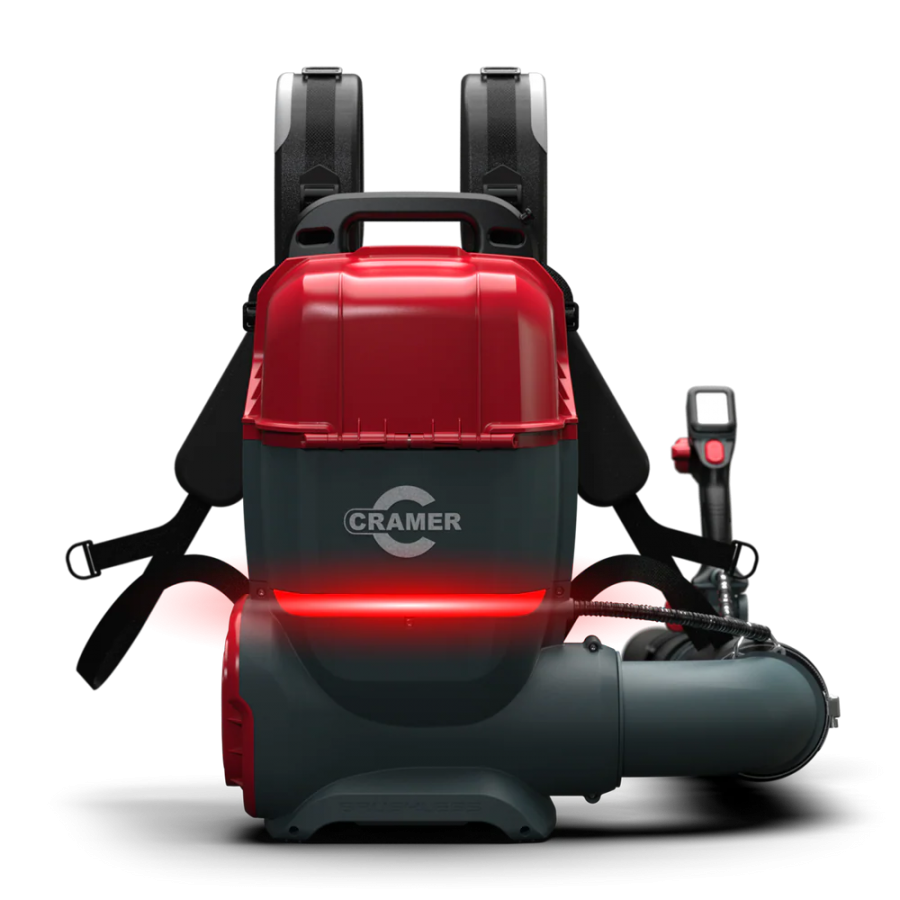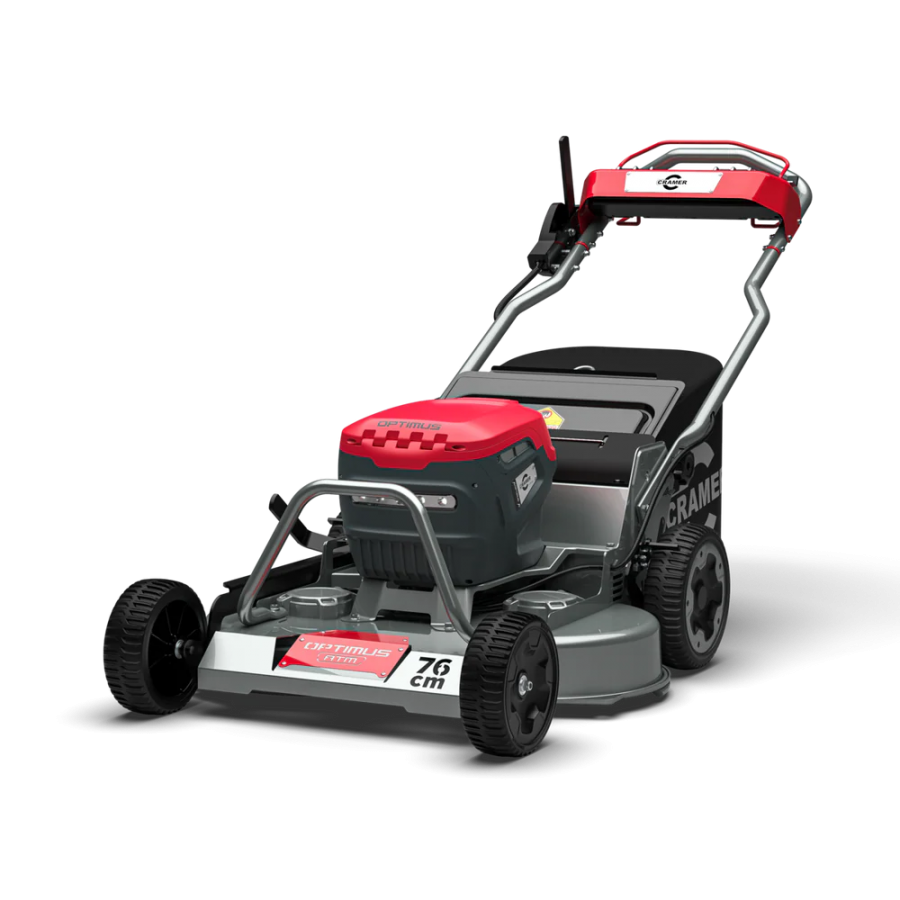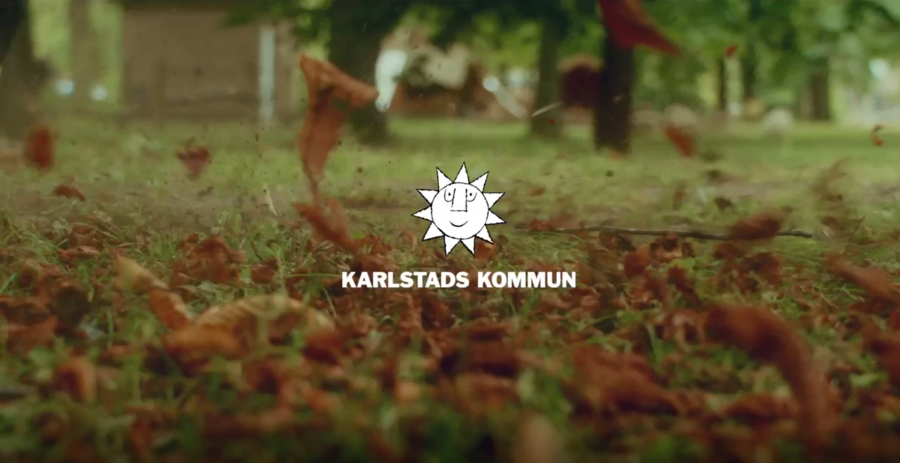Seiridium Canker and Twig Dieback
Seiridium Canker is a very common disease within the United Kingdom, affecting species within the Cupressaceae family. Although three main species of Seiridium canker are reported to cause disease on Leyland cypress, Seiridium unicorne is the most commonly associated with cankers and twig dieback. Trees of all sizes and ages can be affected, and if the disease is left to progress untreated, it can severely distort growth and eventually kill the tree.

Symptoms
One of the most noticeable symptoms of Seiridium canker is reddening or browning of the foliage on one or more branches. The discoloration is usually localized, and most likely to appear in early spring; although symptoms can be seen at any time of the year. The disease causes numerous elongated cankers on stems, branches and branch axils (the areas where branches join), which cause twig and branch dieback. Most of the cankers are slightly sunken, with raised margins, and may be discolored dark brown to purple. The cankers will often ooze resin exudates, with the cambial tissue beneath these sites turning a reddish to brown colour. The disease usually spreads until a significant portion of the tree is destroyed.
Disease cycle and Epidemiology
The fungus over-winters in cankers on diseased trees. Environmental stress, predominantly drought, often increases infection and canker development. Seiridium cankers enlarge up to three times faster on drought stressed trees than on irrigated ones. Spring freeze and ice injury often predisposes trees to infection. Fruiting bodies of the pathogen, called acervuli, appear on the canker as small black dots that are barely visible to the naked eye. Fungal spores are easily spread to adjacent branches of an infected tree or to other trees by water splash either from rain or irrigation. New infections occur when spores lodge in bark cracks and wounds. The fungus can also be spread on pruning tools or through infected material, often resulting in long distance spread. Infection through lenticels may occur following hot, dry weather.
Control
Improving tree vitality is the best defense against Seiridium canker. Due to its relatively shallow root system, plant Leyland cypress in well cultivated, non-compacted soils to encourage plant vigour. Amend the soil if necessary. To minimize water stress which could exacerbate infection, apply mulch and irrigate as necessary. Removal of cankered twigs and branches could help prevent disease spread, but destroy pruned materials, and disinfect pruning tools. Remove extensively damaged trees or trees that are damaged in the main trunk.
Control is very difficult once trees are heavily infected and a limited number of cultivars are known to have some resistance to the disease. However recent research has shown foliar sprays and/or soil drenches of phosphite based fertilisers can reduce the incidence of disease.
Author:- Emma Schaffert, Bartlett Tree Experts







